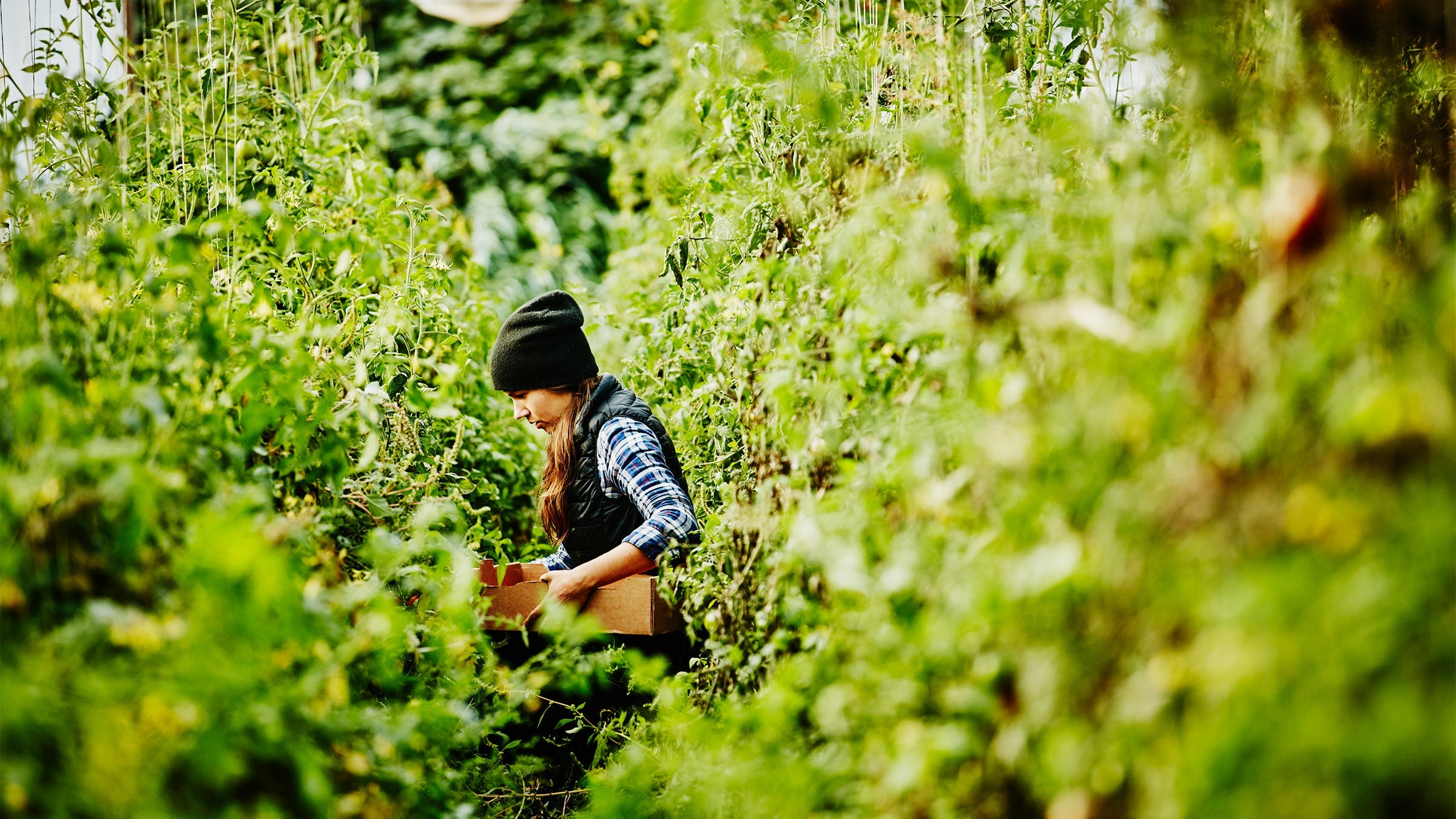Doing the Dirty Work: Why Regenerative Agriculture Might Be the Future of Farming

Healthy soil sequesters carbon, a key part of helping to put the brakes on climate change That makes regenerative agriculture a major player in how we are going to heal our planet. Here’s what you need to know, beyond the buzzwords.
Conventional agricultural practices – including chemical-intensive monocrops, overgrazing, and aggressive tilling – have been eroding carbon-rich soils for decades to the point where long-term food production is in serious jeopardy. A recent study in the Proceedings of the National Academies of Science discovered that one-third of the uppermost soil layer which contains carbon-rich matter and microbial biomass in the Midwestern Corn Belt has been severely degraded. This is an area that was once exceptionally fertile ground. It’s estimated that unsustainable human practices including intensive agriculture and deforestation have already degraded 33% of the earth’s soil. And that number could rocket to 90 percent by 2050 if appropriate measures aren’t taken.
In the process of living, fertile soil becoming little more than dirt there is a release of carbon into our warming atmosphere. (Soil is believed to hold up to four times as much carbon as trees.) Because it is depleted of its biomass, dirt doesn’t efficiently absorb and hold water. That means the land floods easily, loses biodiversity, contributes to excessive runoff of fertilizers and other chemicals into waterways. This in turn means that it produces lesser-quality food — or in the not distant future no food at all. Plus, soil loss has and will continue to cost US farmers and the economy billions of dollars.
That’s the bad news. The more cheery side of things is that a rising number of forward-thinking farmers are practicing regenerative agriculture. Regenerative farming is a newly codified approach to agriculture that emphasizes reducing reliance on chemical inputs and rebuilding soil organic matter and biodiversity. This results in a carbon drawdown and less polluted water systems. Binding up carbon in healthy soil is one of our biggest opportunities to stop the planet from overheating. The key to regenerative agriculture is that it’s not only more gentle on the land it aims to improve it, using various methods including planting cover crops, smartly managing grazing of livestock and no-tilling. All of this regenerates and revitalizes the soil that is now capable of producing nutrient-dense food and being more weather-resistant. One report estimated that if 25 percent of food producers switched to no-till farming practices, there could be a 25 percent reduction in agriculture-generated greenhouse gas emissions. Formerly barren land can be transformed into fertile land filled with a diversity of vegetation, microorganisms and wildlife.
Most consumers, may not know how to identify products produced using soil regenerative techniques. It’s common to believe, wrongfully so, that choosing products with the USDA organic label is the best way to support this style of farming. Regenerative agriculture goes beyond organic because, without feed-the-soil regenerative practices, organic soil can become depleted as well. While buying certified organic food is your assurance that the land on which it was grown was managed without the use of most synthetic fertilizers and pesticides or genetically modified plants, the label itself cannot tell you whether the health of the soil is improving to efficiently absorb both carbon and water. Soil quality is not among the criteria needed to receive organic certification.
At farmers markets, you can query local food producers if they practice regenerative methods such as no-tilling, or you can do some online sleuthing to find compliant producers. You can also search for regenerative-minded food producers near you using the farm map at RegenerationInternational.org. As the movement grows in the coming years you can expect to see various certified regenerative agriculture labels appearing on meats, vegetables and other products. Leading the charge is Regenerative Organic Certified which requires brands to not only practice organic farming but also prioritize improving soil health and animal welfare.
From Clean Eating
RELATED: Animal Agriculture Might Be Even Worse for the Environment Than Previously Thought
Get more of what you love from VT. Follow us on Instagram, Facebook, and Twitter, and sign up for our email newsletters.